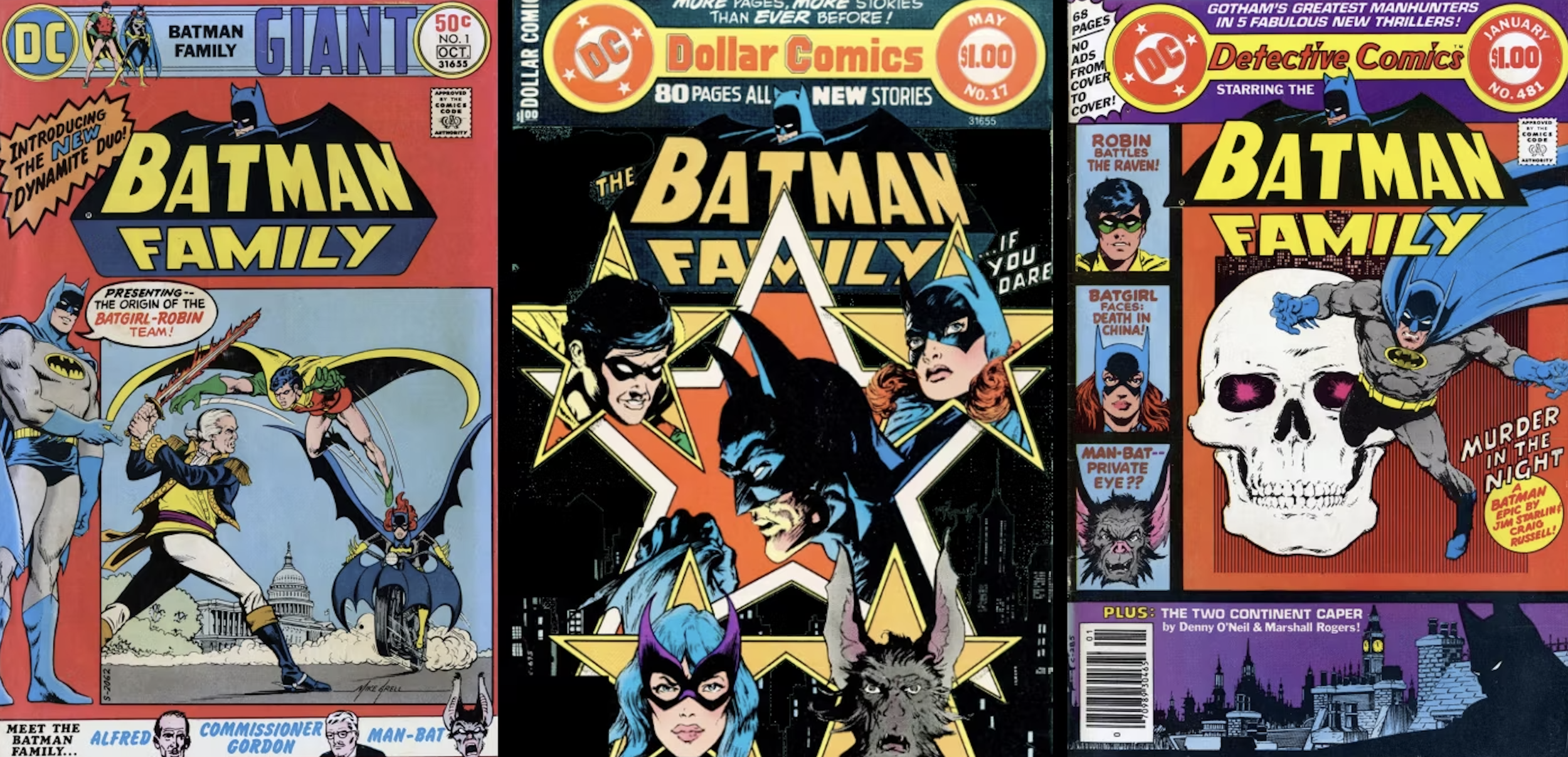The Lifecycle of a Comic Book Series: From Launch to Cancellation
DC Comics
Comic book series have a dynamic lifecycle, influenced by various factors from initial launch to eventual cancellation. This article delves into the typical lifecycle of a comic book series and the key factors contributing to these beloved stories' rise and fall.
Launch: Setting the Stage
Initial Hype and Marketing
Significant marketing efforts, including teaser trailers, social media campaigns, and promotional events at comic conventions, often accompany a comic book series launch. The initial hype is crucial for capturing the interest of both new readers and long-time fans.
Average Number of Issues in First Year: New comic book series typically release 12 issues in their first year, with one issue per month being the standard.
Sales Data: First issues generally see the highest sales, often boosted by variant covers and special editions. For instance, "The Amazing Spider-Man #1" (2014) sold over 532,000 copies, making it one of the best-selling first issues of the decade.
Growth: Building Momentum
Story Arcs and Character Development
As the series progresses, the introduction of compelling story arcs and character development is critical. Successful series often feature multi-issue storylines that keep readers engaged and returning for more.
Sales Drop-off: It's common to see a drop in sales after the initial few issues. For example, "The New 52" reboot of DC Comics saw "Justice League #1" sell over 200,000 copies, but by issue #10, sales had stabilized around 100,000 copies.
Critical Acclaim: Positive reviews and word-of-mouth can help stabilize and even increase sales. Series that win awards or receive critical acclaim often see a boost in readership.
Plateau: Sustaining Interest
Consistency in Quality
Maintaining high-quality writing and artwork is crucial for keeping a series afloat. Series that experience frequent changes in creative teams often need help maintaining reader interest.
Average Lifespan: Many successful series can run for several years, with an average lifespan of 50-100 issues. For instance, "The Uncanny X-Men" ran for 544 issues from 1963 to 2011 before being relaunched.
Sales Stability: Series that reach this stage typically have stable sales numbers, though lower than their launch figures. For example, "The Walking Dead" consistently sold around 70,000 copies per issue during its mid-run years.
Decline: Factors Leading to Cancellation
One of the most common reasons for a series' cancellation is declining sales. Publishers often end the series when monthly sales drop below a certain threshold. This threshold varies but is generally around 20,000 monthly copies for mainstream publishers. Frequent changes in writers and artists can lead to inconsistency in storytelling and art, which may turn readers away. Stability in the creative team is often crucial to maintaining a loyal readership.
The comic book market is highly competitive, with numerous titles vying for readers' attention. Market saturation can lead to lower sales as readers must choose between many options. Additionally, major crossover events can boost sales temporarily but may cause fatigue if overused. Publishers sometimes cancel series to make way for new titles or reboots. These decisions are often strategic, aiming to refresh the brand and attract new readers. For example, Marvel's "Secret Wars" event in 2015 led to the cancellation and subsequent relaunch of several ongoing series.
Cancellation: The End of the Road
Final Issues
The final issues of a series often aim to wrap up storylines and provide closure for readers. Sometimes, cancelled series may leave plotlines unresolved, leading to fan disappointment.
Average Number of Issues at Cancellation: The average number of issues at cancellation varies. Short-lived series may end after 12-24 issues, while more successful runs can exceed 100 issues.
Sales at Cancellation: Sales data at the time of cancellation typically show a steady decline. For example, "Superman Unchained," which launched with sales of 250,000 copies, saw its final issue #9 sell around 30,000 copies.
The lifecycle of a comic book series is shaped by numerous factors, from the initial marketing push to the creative team's consistency and the market's overall health. While some series enjoy long, successful runs, others may face early cancellation due to declining sales or strategic publisher decisions. Understanding these dynamics helps us appreciate the complexities behind our favourite comic book titles and the industry's ever-evolving landscape.


